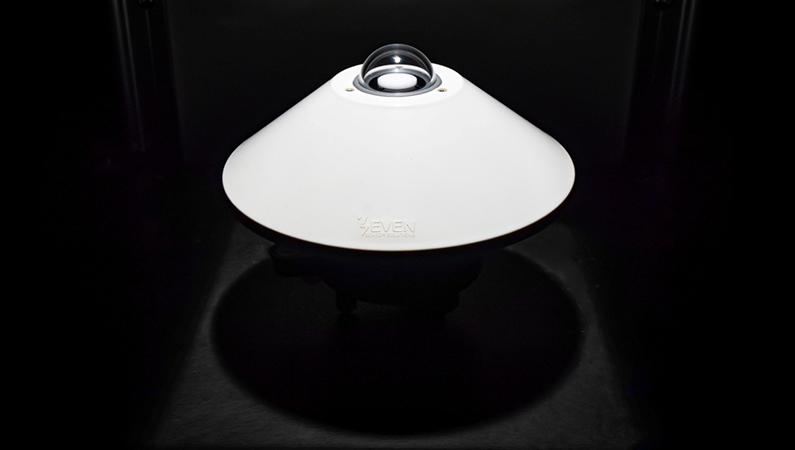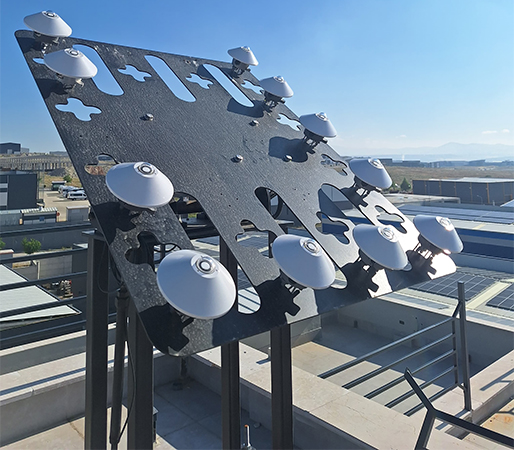
Sensor accuracy is an essential subject for photovoltaic (PV) systems and environmental monitoring. Whether for irradiance, temperature or wind speed measurements, even small drifts in calibration over time can lead to misleading performance ratios (PR), inaccurate yield predictions or inefficient operations.
Why sensor calibration is important
All sensors are subject to degradation. Exposure to UV radiation, temperature cycles, humidity, and pollution causes a gradual drift in the sensor’s output. For example, a pyranometer used to measure solar irradiance may show more than a 2% error after just one year if it is not calibrated, and this error could incorrectly report underperformance in the photovoltaic system, leading to unnecessary inspections and warranty claims.
What does an uncalibrated sensor mean?
A Non-regularly calibrated sensor delivers inaccurate data that represents wrong solar yield and performance ratios (PR), leading to inaccurate energy predictions and under optimal operation and maintenance (O&M) programmes. These inaccuracies can also undermine the reliability of predictive analyses used for system optimisation.
In addition, uncalibrated sensors can cause a photovoltaic system to fail to comply with key industry standards such as IEC 61724-1 and ISO 9060, which can have an impact on long-term performance assessment.

Calibration frequency: What standards and experts recommend
According to IEC 61724-1:2021, the frequency of calibration depends on the class of sensor.
High precision Class A sensors need to be calibrated every two years to maintain accurate data. Class B or C sensors may take longer, five years, depending on the recommendation of the manufacturer and working conditions.
Manufacturer specifications
Manufacturers typically suggest the following recalibrations:
- Every 2 years for class A thermopile pyranometers PV reference cells.
- After extreme weather conditions or mechanical shock.
Always refer to the calibration certificate and instruction manuals provided with the sensor.
Calibration Process
Usually, calibration involves comparing the sensor output to a traceable known reference standard in an accredited laboratory. Alternatively, It is also possible to calibrate sensors by intercomparison outdoors, where the device under test is exposed to natural sunlight at the same time as a highly accurate reference sensor. This method enables performance to be verified under real operating conditions and is particularly useful for irradiation sensors used in photovoltaic applications.

Each of these two approaches enables sensor drift to be identified and data reliability to be maintained over time.
Best Practices for Long-Term Accuracy of the sensor in your plant
– You should maintain calibration time line, and use tracking tools to manage scheduled maintenance. Track and manage calibration due dates using tracking and management tools.
– You should ensure that the labels on the sensors display the dates of the last and next calibrations.
– You should select sensors that comply with IEC standards.
Sensor calibration is not an exercise to be done just once, but a vital element of maintaining data integrity in PV and environmental systems. Its oversight may lead to false alarms, loss of revenue, and suboptimal system performance. Implementation of standards like IEC 61724-1 and maintaining a tight calibration and recalibration policy ensures long-term operation and logical decisions. SEVEN sensors allows local calibration in any ISO 17025 accredited laboratory, eliminating the need to send the sensor back to the SEVEN factory. This flexibility helps reduce costs and simplifies the calibration process for clients.